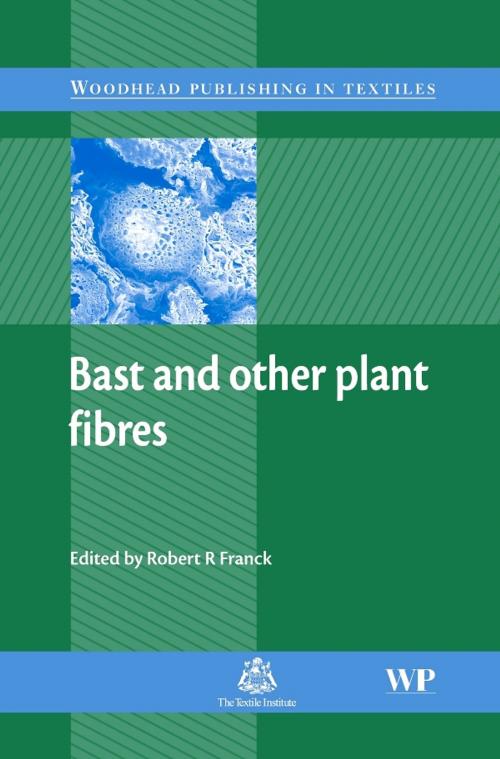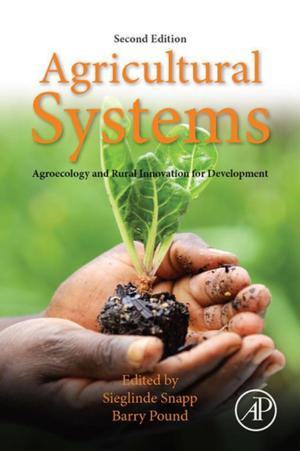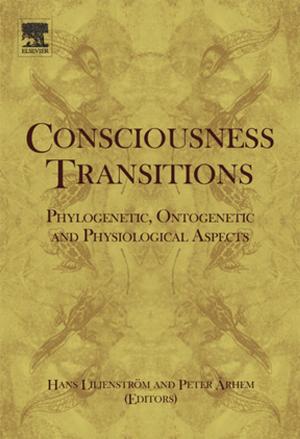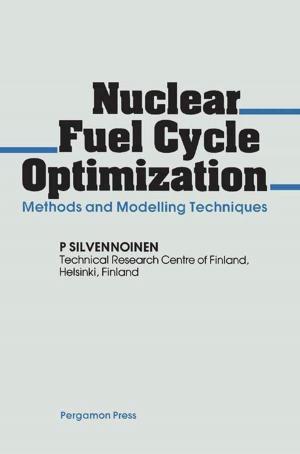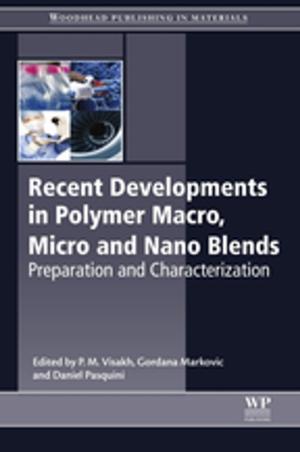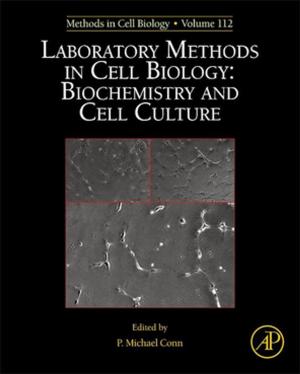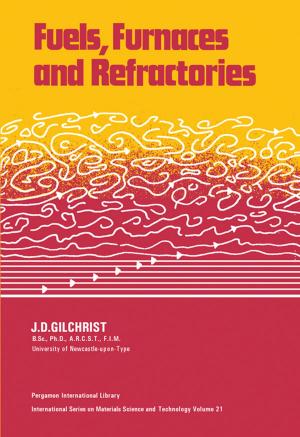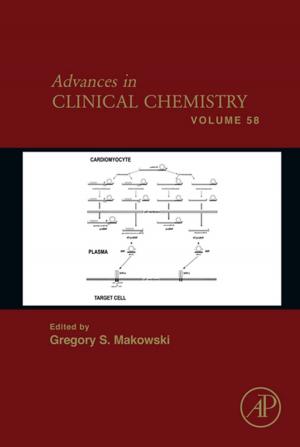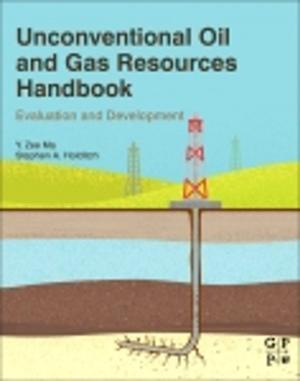Bast and Other Plant Fibres
Nonfiction, Science & Nature, Technology, Textiles & Polymers, Material Science| Author: | ISBN: | 9781845690618 | |
| Publisher: | Elsevier Science | Publication: | March 28, 2005 |
| Imprint: | Woodhead Publishing | Language: | English |
| Author: | |
| ISBN: | 9781845690618 |
| Publisher: | Elsevier Science |
| Publication: | March 28, 2005 |
| Imprint: | Woodhead Publishing |
| Language: | English |
Bast and Other Plant Fibres, a title in Woodhead Publishing’s series on fibres published in association with The Textile Institute, UK, is the first book in over 50 years to cover the most interesting plant fibres and those with high annual production. Bast fibres have many textile applications, with natural fibre composites being the fastest growing due to the combination of their relatively low cost and excellent technical characteristics.
Following the editor’s introductory chapter, which includes a comprehensive set of tables comparing the physical and chemical characteristics of the fibres, Chapter 2 discusses jute while Chapters 3 and 4 cover flax and hemp. Subsequent chapters are devoted to ramie, sisal, coir and abaca. Chapter 9 brings together information on minor fibres that may deserve greater interest on the part of international markets, while Chapter 10 is dedicated to the use of bast and leaf fibres in composites. Information is included on production and processing, physical and chemical properties, and on economic, environmental, and health and safety considerations.
This book is an essential reference to academics and researchers in agriculture and horticulture as well as those working in textiles, apparel and industrial design, and textile testing and forensic science laboratories. It will also be invaluable to those working in government departments such as agriculture or trade and industry.
- Essential discussion on chemical and physical properties of individual natural fibres
- Looks at environmental advantages of bast fibres over synthetic fibres
- First book of its kind in over 50 years
Bast and Other Plant Fibres, a title in Woodhead Publishing’s series on fibres published in association with The Textile Institute, UK, is the first book in over 50 years to cover the most interesting plant fibres and those with high annual production. Bast fibres have many textile applications, with natural fibre composites being the fastest growing due to the combination of their relatively low cost and excellent technical characteristics.
Following the editor’s introductory chapter, which includes a comprehensive set of tables comparing the physical and chemical characteristics of the fibres, Chapter 2 discusses jute while Chapters 3 and 4 cover flax and hemp. Subsequent chapters are devoted to ramie, sisal, coir and abaca. Chapter 9 brings together information on minor fibres that may deserve greater interest on the part of international markets, while Chapter 10 is dedicated to the use of bast and leaf fibres in composites. Information is included on production and processing, physical and chemical properties, and on economic, environmental, and health and safety considerations.
This book is an essential reference to academics and researchers in agriculture and horticulture as well as those working in textiles, apparel and industrial design, and textile testing and forensic science laboratories. It will also be invaluable to those working in government departments such as agriculture or trade and industry.
- Essential discussion on chemical and physical properties of individual natural fibres
- Looks at environmental advantages of bast fibres over synthetic fibres
- First book of its kind in over 50 years
